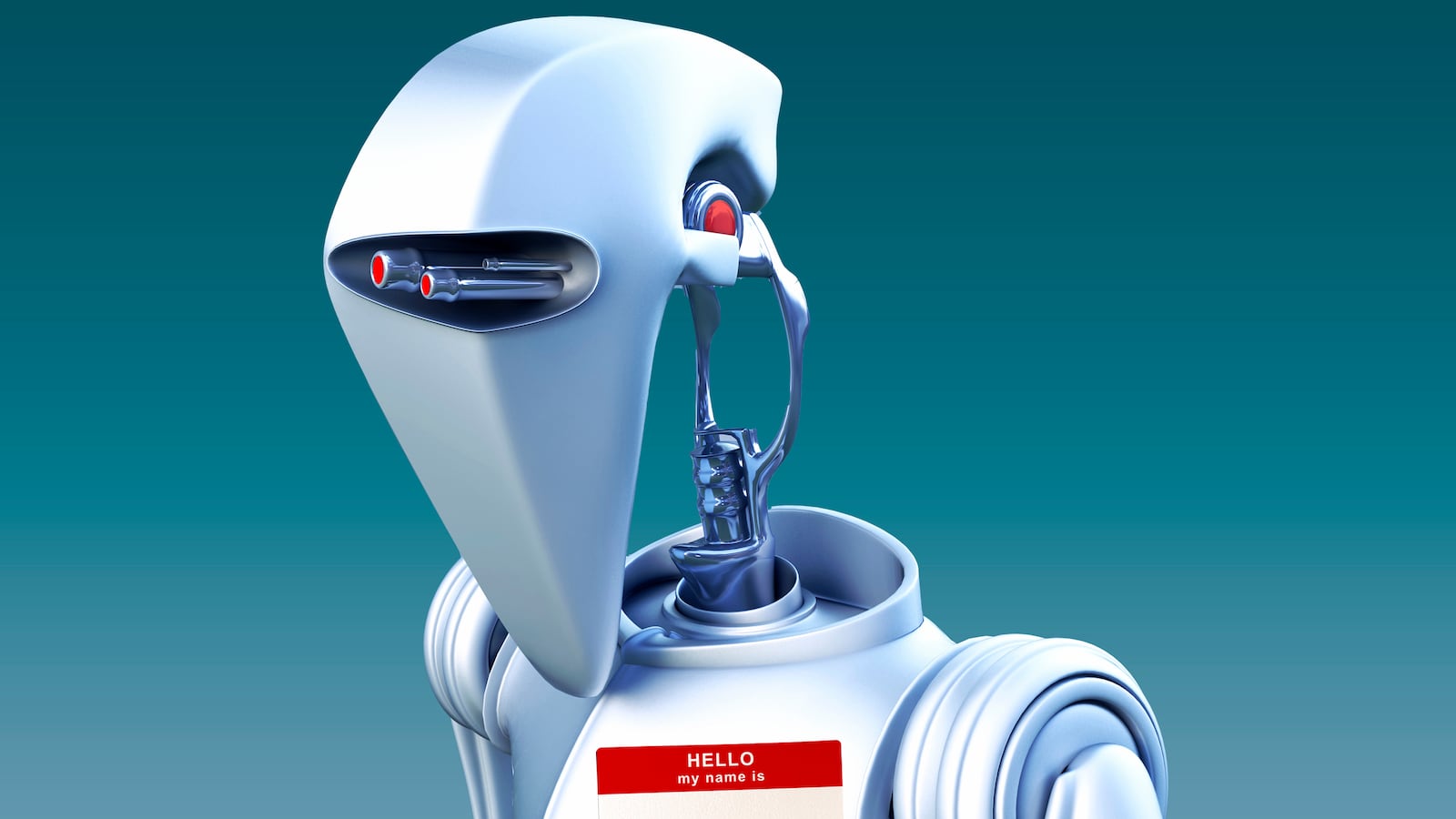Automation is the wheel that turns the guillotine on employment—at least for manufacturing jobs and factory workers.
That’s been the thinking for decades, as robots and computers have taken control of menial work where human error is the number one cost. But now those ambitious robots and computers are looking to more profitable career paths: things where algorithms replace intuition, and machines that don’t need sleep or wages will never call in sick or take vacations. And it’s possible that in the future, they may take many of our jobs.
Before we talk about who’s going to be out of a job in five years, it’s important to understand why they’re on the chopping block. We turned to Carl Benedikt Frey, the co-director of the Oxford Martin Programme on Technology and Employment at the Oxford Martin School.
Frey says that decisions to automate “include the consideration of a number of factors such as technological capabilities, labor versus capital costs, regulation and consumer preferences.” In other words, whether the technology is available, whether it’s cost saving to use automation instead of human workers, and whether it makes customers happy to know they’re being served by a real person.
That last point is the wild card, because it may rebuke the assertions of the other two points. You can imagine quickly the cases in which a real person is preferable: the work of psychologists, doctors, and artists may be replaced by algorithms, but that eliminates the human element of the reassuring tone, bedside manner, creative mind, etc.
And then there’s the flip side: things we don’t worry about. For instance, a robot may make fewer mistakes putting your car together than a human. It can work 24 hours a day, increasing output and driving up supply.
But recent innovation hasn’t come in the form of better machine motors or more well-articulated robotic arms: it’s come in the form of data.
Frey says the major innovation has been the result of a decade of new ways to process information. “I do not think that anything is dramatically different from two years ago,” he says. “What has happened over the past 10 years, however, is that more big data is becoming readily available for algorithms to draw upon, and approaches to machine learning have become more sophisticated.”
The result is big steps, like a computer acting as floor manager at a warehouse, or an app doing a better job of finding you cheap vacation flights than a travel agent.
But those are all anecdotal pieces of information, and in keeping with the theme here, it’s important to look at the bigger meaning.
To put a fine point on it, many jobs simply won’t meet the criteria to be kept in the “human” element. A colleague and research partner of Frey’s said last year that as much as 47 percent of jobs could be overtaken in the next couple of decades Frey wouldn’t predict specific cutbacks—his research is not a direct cause-and-effect system, and it’s fair to assume that just because the technology is there, doesn’t mean that companies will be quick to adopt it. “We do not make predictions about future job losses,” says Frey, “but examine how susceptible different occupations are to automation.”
He did however name some of these areas that might be in the crosshairs.
“Industries that are intensive in automatable occupations are naturally more susceptible. The industries with the highest share of jobs at risk include food and accommodation services (87 percent), transportation and warehousing (75 percent), retail (67 percent), and wholesale trade (65 percent).”
He also pointed to places where software might replace paper pushing. “Some relatively skilled industries, such as finance and insurance (54 percent) are also highly susceptible.”
These percentages came after an exhaustive study of how jobs rated for automation on nine criteria: everything from helping others with their needs and thinking creatively, to negotiation and the ability to “squeeze into small spaces.”
For instance, while lawyers fall low on the spectrum (because everyone wants a sympathetic attorney, and it’s a higher learning sort of career with a lot of personal interaction), paralegals fall above 94 percent, because a lawyer has less and less need of their services as new technology automates research and paperwork.
NPR’s Planet Money put together a pull-down feature that allows you to see what an occupation’s “chance” of being automated will be. You can take a look here.
If you’re looking for a career change, this may be a good resource to examine what will and won’t be around in 20 years. But don’t expect that just because a career path tests high, it will disappear entirely. There are entire high end manufacturing segments built off a premise of hand-made. Some people will always pay extra for a real live person to help them; think about how desperate you become to speak to a representative the moment you call an automated phone service.
Thankfully journalists and editors seem to fall pretty low on the scale (well under a 10 percent chance), so at least we’ll be able to chronicle the fall of society.






